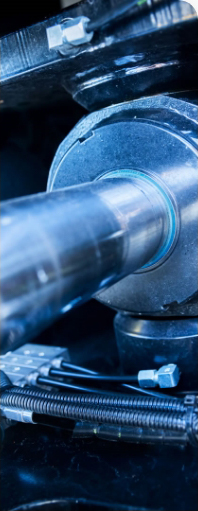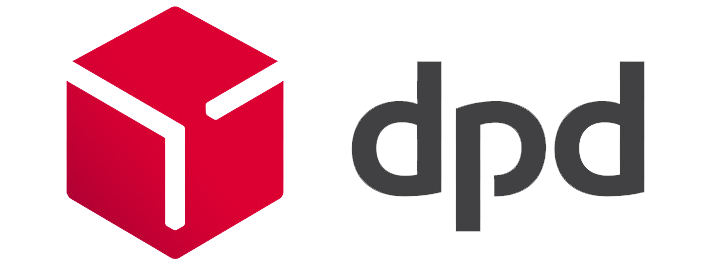Close

Want to know which innovations are available to your target group? Leave your name and email address and we will make sure you stay up-to-date.

Want to know which innovations are available to your target group? Leave your name and email address and we will make sure you stay up-to-date.
18 January 2021
Hoses are indispensable components in the food industry.
It seems like a simple product, but over the years many variants have been developed to be able to find the right hose for every situation and for every product. In addition to diameter and size, the material used is therefore of great importance, as are the mounting and connection options. With the decision aid below, we will help you on your way to choosing the hose you need.
Does milk, beer or, for example, fruit juice pass through the hose? Each type of food requires specific properties. With milk, for example, no residue may remain in the hose because that is a quickly spoiling product. While acids in fruit juices should not affect the inner lining of the hose. Transport of boiling hot liquids and steam require materials other than transport of ice-cold liquids. In addition, hoses that have to withstand high pressure require an extra strong composition of materials.
The location of the application determines the choice of material. A fairly short, straight, free-hanging hose that also hangs inside is subject to less stringent requirements than hoses for tankers. These have to do with weather influences, they are dragged on the ground and are bent. The environment and the use are both decisive in the choice of a snake.
.jpg)
The diameter of the hose depends in particular on the amount of medium that has to pass through it per second, the function of the hose and the thickness of the product. The connection points must be taken into account. A small difference in diameter is usually easy to bridge with connectors, but absorbing large differences is very difficult. It makes the structure more vulnerable to leaks. Hoses for tankers have a fixed diameter and standard connectors so that they can be used at different locations.
Just say it, what do you need? A hose of 30 cm or a hose of 40 meters? The delivered length of the hose is 100% the wishes of the client. Whether the hose must fit exactly between 2 attachment points or has an over-length. You decide what you need. We deliver it.
Multiple connections are possible, depending on what the hose is connected to. Think of couplings to extend the hose, couplings to connect the hose to another hose or tank, couplings to bridge a difference in diameter and couplings that enable the coupling and uncoupling of the hose, such as with tankers.
The following applies to all couplings: fitting the correct coupling prevents leakage or even loosening of the hose. In particular, the DIN 11851 dairy coupling is a commonly used coupling in the food industry, as is the Tri-clamp coupling. For industrial applications the Camlock coupling, also known as the Quick Coupling, is the most commonly used. If you want to be able to shorten the hose, the reusable clamp fitting is the right choice. For a fixed fitting, a ferrule is pressed onto the hose at the factory. The ferrule is a fixed fitting which in theory cannot be loosened.
We are happy to help! Using the right hose with matching coupling prevents rapid wear and leakage. Contact our specialists!





Montakon | Titaniumlaan 120 | 5221 CL 's-Hertogenbosch | Nederland
+31(0)73 599 6000 | info@montakon.nl